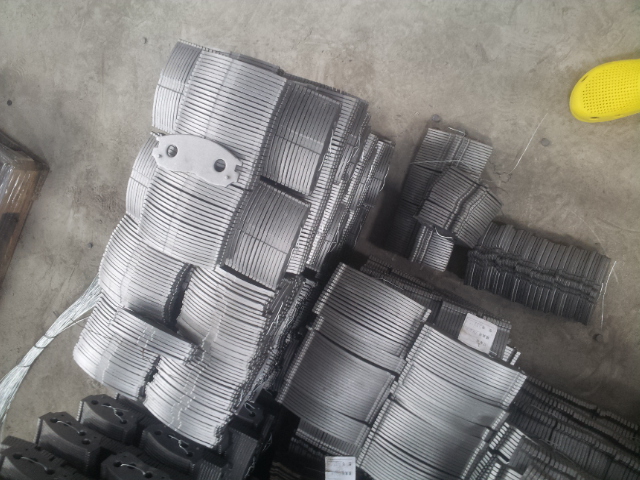According to the latest research results released by Bloomberg New Energy Finance (BNEF), if the EU achieves its carbon reduction target, developing countries will increase 31 billion euros into clean energy and energy efficiency projects by 2020. This 31 billion euros (43 billion U.S. dollars) includes capital expenditures for all projects, not just the proceeds from the sale of carbon credits. This analysis assumes that the EU’s carbon emission reduction target by 2020 will be more stringent, ie, a reduction of 22% on the basis of the 1990 level, instead of the current emission reduction target of 20%, and in order to achieve this goal, the EU countries need to develop. The Chinese buy more emission rights. Since 2013, greenhouse gases HFC (hydrofluorocarbons), which can strongly contribute to climate warming, will be prohibited from entering the EU ETS. The production costs of these emission rights are relatively low, and currently account for about 70% of carbon emission rights in developing countries. After 2013, developing countries’ carbon emission rights will come more from capital-intensive renewable energy and energy efficiency projects. According to calculation by BNEF, from 2008 to 2020, the EU ETS and the European government’s international carbon emissions trading demand will reach 3.9 billion tons. The existing projects under the UN Framework Convention on Climate Change are expected to provide 2.9 billion tons. The remaining will have a shortage of about 1 billion tons of carbon dioxide equivalent. Taking into account that low-cost industrial gas emission rights will no longer exist, BNEF calculated that in the pre-2012 market, one unit of carbon emission rights would require 19 euros/ton carbon dioxide, and after 2012, approximately 32 euros/ Tons of carbon dioxide. In addition, the location of the new project will also undergo a major shift away from more developed developing countries such as China. However, BNEF calculates that China has provided 62% of the carbon rights in the UN plan. It is estimated that more than one-third of the new investment will also occur in China. Guy Turner, director of the BNEF carbon market research department, believes that the EU's climate policy is still a continuation of the world carbon market and current policies, and is a new impetus for developing countries to invest in clean technologies. If other developed countries follow the example, this figure will increase significantly.
1.Offer OEM brake pad backing plates.
Such as Semi-Metal Brake Pads.
Stainless Steel Back Plate,Steel Back Plate,Back Steel Plate for Brake Shoe,QB235 Back Steel Plate,Backing Plate,Semi-Metal Brake Pads GREEN POWER INDUSTRY CO., LTD. , http://www.carparts-supplier.com

2.100% Superior Steel Materials.
3.A Complete Range Of Specifications.
4.Fine Punch Process And Good Surface Treatment.
5.Using Modern Manufacturing Technology And Are Designed To Provide Maximum Safety Even Under Extreme Conditions.
6.Meet International Quality Standards Offering Smooth,Clean Operations With Quiet Performance.
7.Customized Specifications Are welcomed.